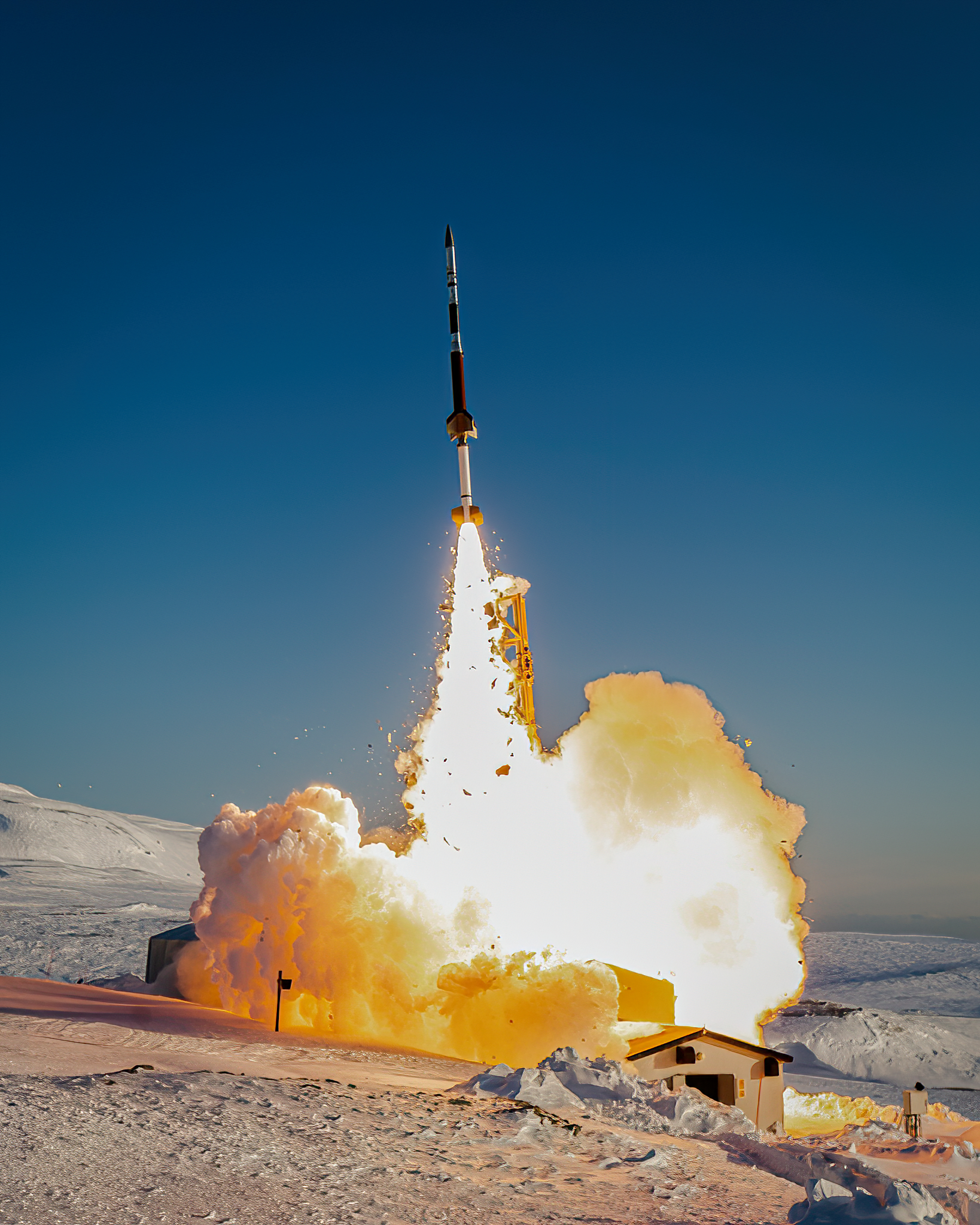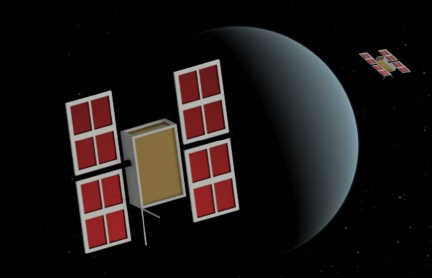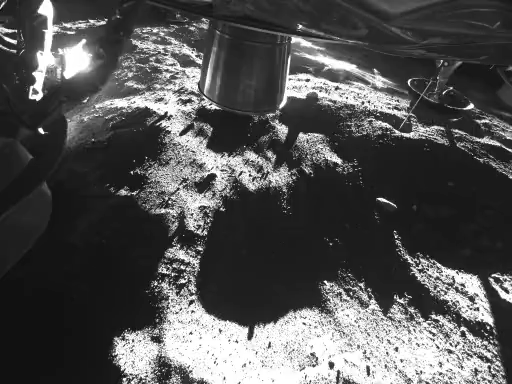NASA Discovers a Long-Sought Global Electric Field on Earth
An international team of scientists has successfully measured a planet-wide electric field thought to be as fundamental to Earth as its gravity and magnetic fields. Known as the ambipolar electric field, scientists first hypothesized over 60 years ago that it drove atmospheric escape above Earth’s North and South Poles. Measurements from a suborbital rocket have confirmed the existence of the ambipolar field and quantified its strength, revealing its role in driving atmospheric escape and shaping our ionosphere — a layer of the upper atmosphere — more broadly. The paper was published today in the journal Nature.
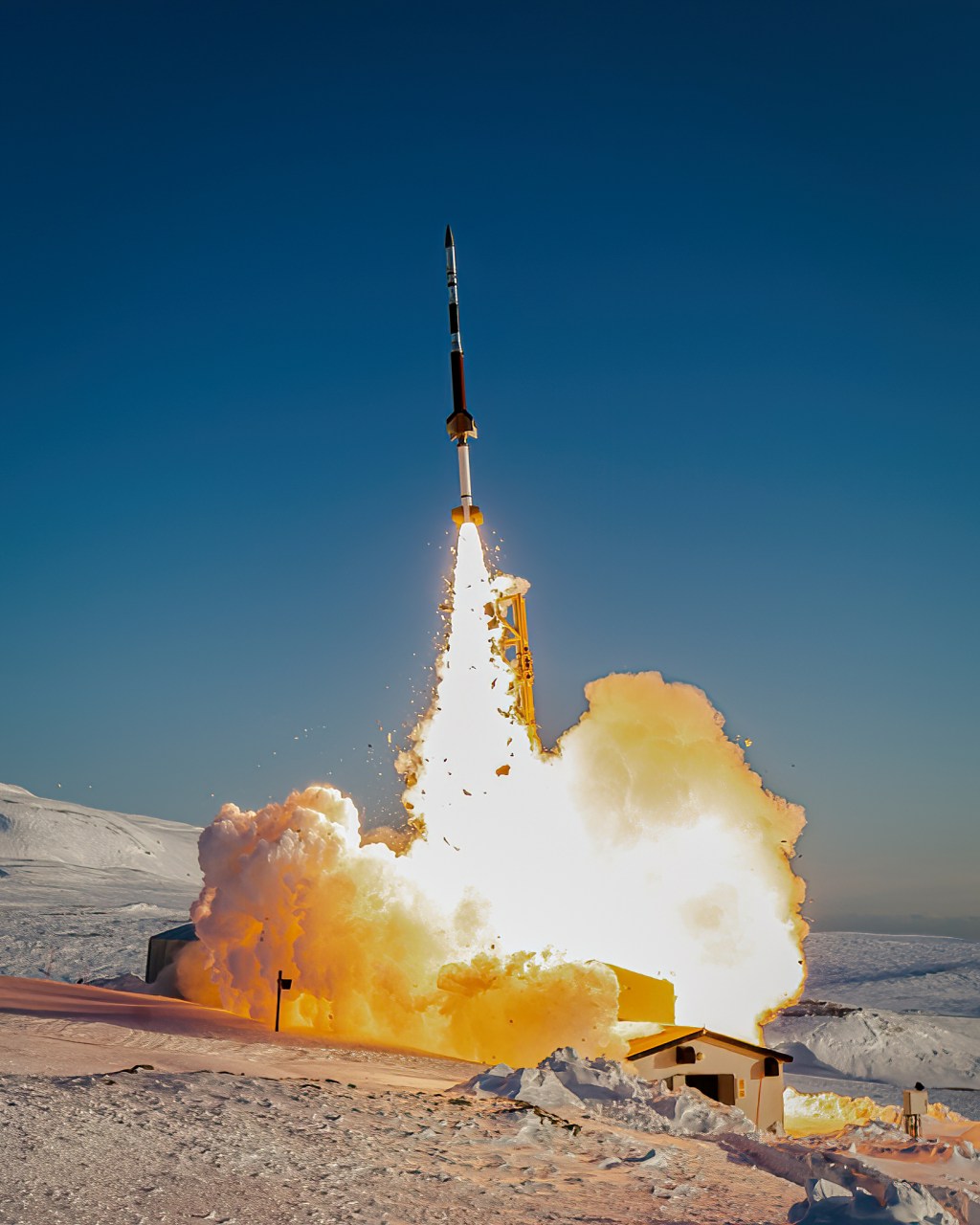
NASA Discovers a Long-Sought Global Electric Field on Earth
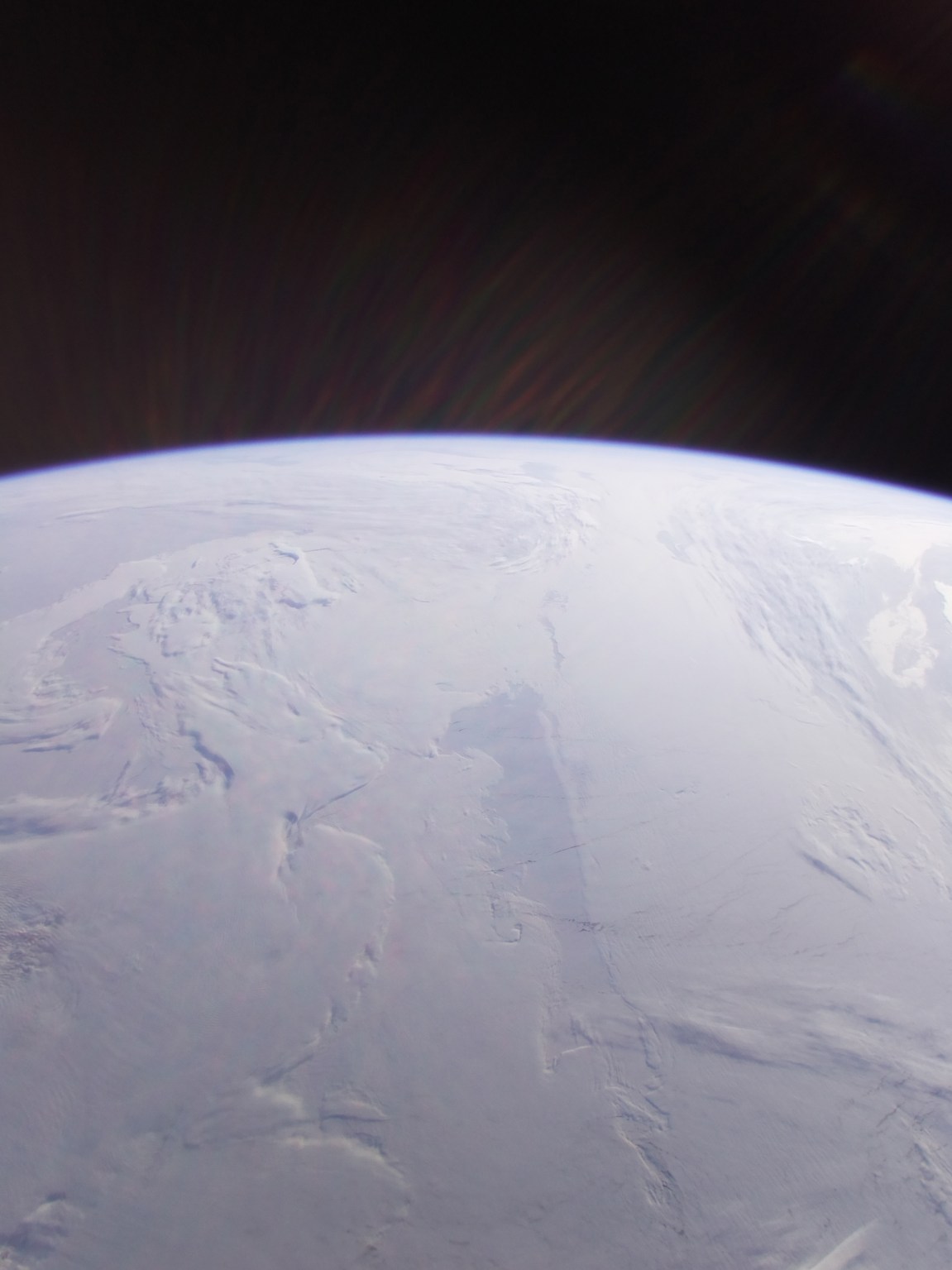
Key Points
- A rocket team reports the first successful detection of Earth’s ambipolar electric field: a weak, planet-wide electric field as fundamental as Earth’s gravity and magnetic fields.
- First hypothesized more than 60 years ago, the ambipolar electric field is a key driver of the “polar wind,” a steady outflow of charged particles into space that occurs above Earth’s poles.
- This electric field lifts charged particles in our upper atmosphere to greater heights than they would otherwise reach and may have shaped our planet’s evolution in ways yet to be explored.
Using observations from a NASA suborbital rocket, an international team of scientists has, for the first time, successfully measured a planet-wide electric field thought to be as fundamental to Earth as its gravity and magnetic fields. Known as the ambipolar electric field, scientists first hypothesized over 60 years ago that it drove how our planet’s atmosphere can escape above Earth’s North and South Poles. Measurements from the rocket, NASA’s Endurance mission, have confirmed the existence of the ambipolar field and quantified its strength, revealing its role in driving atmospheric escape and shaping our ionosphere — a layer of the upper atmosphere — more broadly.
Understanding the complex movements and evolution of our planet’s atmosphere provides clues not only to the history of Earth but also gives us insight into the mysteries of other planets and determining which ones might be hospitable to life. The paper was published Wednesday, Aug. 28, 2024, in the journal Nature.
Download this video and related animations from NASA’s Scientific Visualization Studio.
An Electric Field Drawing Particles Out to Space
Since the late 1960s, spacecraft flying over Earth’s poles have detected a stream of particles flowing from our atmosphere into space. Theorists predicted this outflow, which they dubbed the “polar wind,” spurring research to understand its causes.
Some amount of outflow from our atmosphere was expected. Intense, unfiltered sunlight should cause some particles from our air to escape into space, like steam evaporating from a pot of water. But the observed polar wind was more mysterious. Many particles within it were cold, with no signs they had been heated — yet they were traveling at supersonic speeds.
“Something had to be drawing these particles out of the atmosphere,” said Glyn Collinson, principal investigator of Endurance at NASA’s Goddard Space Flight Center in Greenbelt, Maryland, and lead author of the paper. Scientists suspected a yet-to-be-discovered electric field could be at work.
The hypothesized electric field, generated at the subatomic scale, was expected to be incredibly weak, with its effects felt only over hundreds of miles. For decades, detecting it was beyond the limits of existing technology. In 2016, Collinson and his team got to work inventing a new instrument they thought was up to the task of measuring Earth’s ambipolar field.
Launching a Rocket from the Arctic
The team’s instruments and ideas were best suited for a suborbital rocket flight launched from the Arctic. In a nod to the ship that carried Ernest Shackleton on his famous 1914 voyage to Antarctica, the team named their mission Endurance. The scientists set a course for Svalbard, a Norwegian archipelago just a few hundred miles from the North Pole and home to the northernmost rocket range in the world.
“Svalbard is the only rocket range in the world where you can fly through the polar wind and make the measurements we needed,” said Suzie Imber, a space physicist at the University of Leicester, UK, and co-author of the paper.
On May 11, 2022, Endurance launched and reached an altitude of 477.23 miles (768.03 kilometers), splashing down 19 minutes later in the Greenland Sea. Across the 322-mile altitude range where it collected data, Endurance measured a change in electric potential of only 0.55 volts.
“A half a volt is almost nothing — it’s only about as strong as a watch battery,” Collinson said. “But that’s just the right amount to explain the polar wind.”
Hydrogen ions, the most abundant type of particle in the polar wind, experience an outward force from this field 10.6 times stronger than gravity. “That’s more than enough to counter gravity — in fact, it’s enough to launch them upwards into space at supersonic speeds,” said Alex Glocer, Endurance project scientist at NASA Goddard and co-author of the paper.
Heavier particles also get a boost. Oxygen ions at that same altitude, immersed in this half-a-volt field, weigh half as much. In general, the team found that the ambipolar field increases what’s known as the “scale height” of the ionosphere by 271%, meaning the ionosphere remains denser to greater heights than it would be without it.
“It’s like this conveyor belt, lifting the atmosphere up into space,” Collinson added.
Endurance’s discovery has opened many new paths for exploration. The ambipolar field, as a fundamental energy field of our planet alongside gravity and magnetism, may have continuously shaped the evolution of our atmosphere in ways we can now begin to explore. Because it’s created by the internal dynamics of an atmosphere, similar electric fields are expected to exist on other planets, including Venus and Mars.
“Any planet with an atmosphere should have an ambipolar field,” Collinson said. “Now that we’ve finally measured it, we can begin learning how it’s shaped our planet as well as others over time.”
By Miles Hatfield and Rachel Lense
NASA’s Goddard Space Flight Center, Greenbelt, Md.
Media Contact: Sarah Frazier, sarah.frazier@nasa.gov
Endurance was a NASA-funded mission conducted through the Sounding Rocket Program at NASA’s Wallops Flight Facility in Virginia. The Svalbard Rocket Range is owned and operated by Andøya Space. The European Incoherent Scatter Scientific Association (EISCAT) Svalbard radar, located in Longyearbyen, made ground-based measurements of the ionosphere critical to interpreting the rocket data. The United Kingdom Natural Environment Research Council (NERC) and the Research Council of Norway (RCN) funded the EISCAT radar for the Endurance mission. EISCAT is owned and operated by research institutes and research councils of Norway, Sweden, Finland, Japan, China, and the United Kingdom (the EISCAT Associates). The Endurance mission team encompasses affiliates of the Catholic University of America, Embry-Riddle Aeronautical University, the University of California, Berkeley, the University of Colorado at Boulder, the University of Leicester, U.K., the University of New Hampshire, and Penn State University.
Share
Details
Related Terms
What's Your Reaction?



















.jpg?#)























